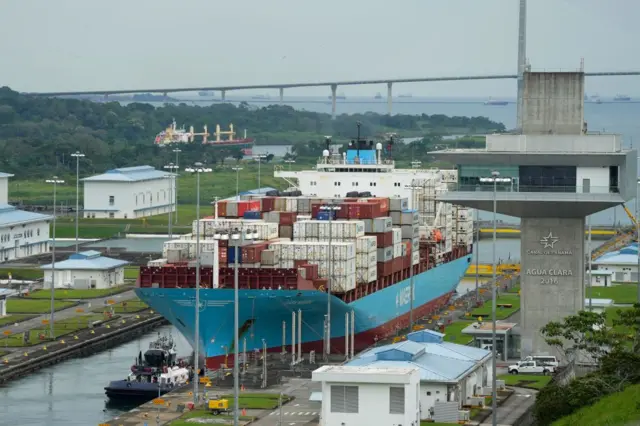
Kris Osborn
Ongoing U.S.-China tensions in the South China Sea regarding Chinese artificial island-building are leading many at the Pentagon to sharpen their focus upon the rapid pace of Chinese Naval modernization and expansion. While Chinese naval technology may still be substantially behind current U.S. platforms, the equation could change dramatically over the next several decades because the Chinese are reportedly working on a handful of high-tech next-generation ships, weapons and naval systems.
China has plans to grow its navy to 351 ships by 2020 as the Chinese continue to develop their military’s ability to strike global targets, according to a recent Congressional report.
The 2014 U.S.-China Economic and Security Review Commission recommended to Congress that the U.S. Navy respond by building more ships and increase its presence in the Pacific region – a strategy the U.S. military has already started.
Opponents of this strategy point out that the U.S. has 11 aircraft carriers, the Chinese have one and China's one carrier still lacks an aircraft wing capable of operating off of a carrier deck. However, several recent reports have cited satellite photos showing that China is now building its own indigenous aircraft carriers. Ultimately, the Chinese plan to acquire four aircraft carriers, the reports say.
(
The commission cites platforms and weapons systems the Chinese are developing, which change the strategic calculus regarding how U.S. carriers and surface ships might need to operate in the region.
These include the LUYANG III, a new class of Chinese destroyer slated to enter the fleet this year. These ships are being engineered with vertically-launched, long-range anti-ship cruise missiles, the commission said. The new destroyer will carry an extended-range variant of the HHQ-9 surface-to-air missile, among other weapons, the report says.
Furthermore, the Chinese may already be beginning construction on several of their own indigenous aircraft carriers. China currently has one carrier, the Ukranian-built Liaoning. It is not expected to have an operational carrier air wing until sometime this year, according to the report.
The Chinese are currently testing and developing a new, carrier-based fighter aircraft called the J-15.
Regarding amphibious assault ships, the Chinese are planning to add several more YUZHAO LPDs, amphibs which can carry 800 troops, four helicopters and up to 20 armored vehicles, the report said.
The Chinese are also working on development of a new Type 055 cruiser equipped with land-attack missiles, lasers and rail-gun weapons, according to the review.
China’s surface fleet is also bolstered by production of at least 60 smaller, fast-moving HOBEI-glass guided missile patrol boats and ongoing deliveries of JIANGDAO light frigates armed with naval guns, torpedoes and anti-ship cruise missiles.
The commission also says Chinese modernization plans call for a sharp increase in attack submarines and nuclear-armed submarines or SSBNs. Chinese SSBNs are now able to patrol with nuclear-armed JL-2 missiles able to strike targets more than 4,500 nautical miles.
The Chinese are currently working on a new, modernized SSBN platform as well as a long-range missile, the JL-3, the commission says.
While the commission says the exact amount of Chinese military spending is difficult to identify, China’s projected defense spending for 2014 is cited at $131 billion, approximately 12.2 percent greater than 2013. This figure is about one sixth of what the U.S. spends annually.
The Chinese defense budget has increased by double digits since 1989, the commission states, resulting in annual defense spending doubling since 2008, according to the report.
Some members of Congress, including the House Armed Services Committee's Seapower and Projection Forces Subcommittee Chairman Rep. Randy Forbes, R-Va., are advocating for both a larger U.S. Navy and a stronger U.S. posture toward China's behavior in the region.
Kris Osborn became the Managing Editor of Scout Warrior in August of 2015. His role with Scout.com includes managing content on the Scout Warrior site and generating independently sourced original material. Scout Warrior is aimed at providing engaging, substantial military-specific content covering a range of key areas such as weapons, emerging or next-generation technologies and issues of relevance to the military. Just prior to coming to Scout Warrior, Osborn served as an Associate Editor at the Military.com. This story originally appeared in Scout Warrior.
Image: U.S. Navy Flickr.
http://nationalinterest.org/blog/the-buzz/why-the-us-navy-could-be-big-trouble-china-plans-351-ships-16101


No comments:
Post a Comment